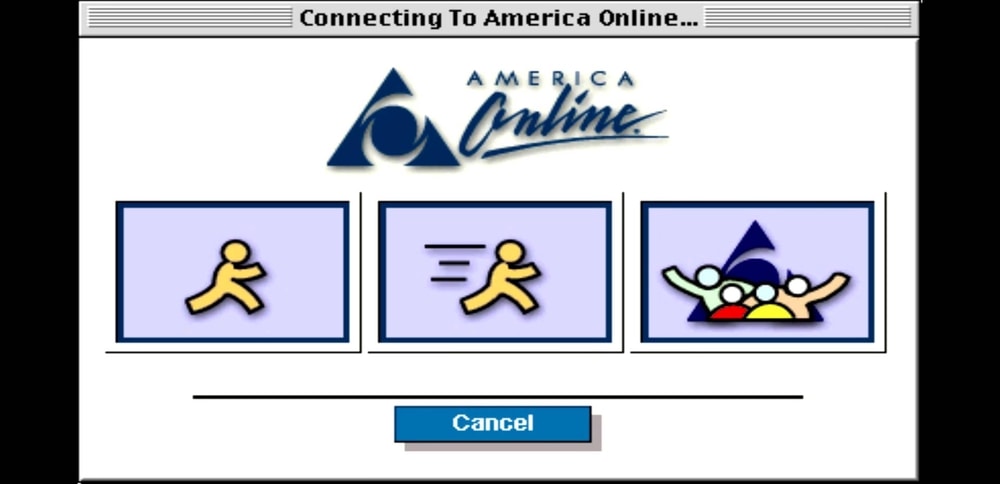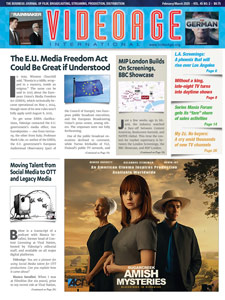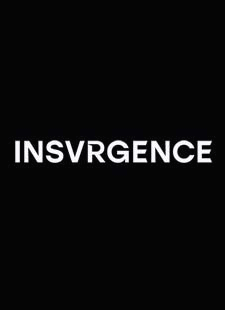By Dom Serafini
Do you remember the expression, “Would the last one to leave, please turn out the lights?” Well, it might possibly refer to me… as well as former Disney CEO, Bob Iger, as the last documented users of AOL’s e-mail service.
I have resisted publicizing my “preferred” e-mail service in an effort to avoid industry-wide scorn (“You’re still using AOL?”). Note that I said “preferred” and not “favorite” because, among my other e-mail accounts, AOL is the one I find most user-friendly. But it’s definitely not the most efficient.
For example, in order to access my e-mail, I have to log in to a page that’s riddled with ads. If I go directly to the e-mail page it takes a longer time to open up. It is clearly an AOL trick to make sure users see the ads. But the ease-of-use makes me more tolerant of the annoying pop-up ads and streaming videos. These last annoyances are also cost-inefficient when traveling overseas or throughout the U.S. where the rented Wi-Fi broadband service is paid by byte usage and not length-of–time usage.
I started using AOL around 1989 when it was a great stand-alone service provider called America Online and offering dial-up Internet connections even overseas. AOL never reached the quality shown in the 1998 movie, You’ve Got Mail (starring Tom Hanks and Meg Ryan) but it was nevertheless better than the competing services.
The problems with AOL started after it acquired Time Warner in 2001. The service deteriorated even with the introduction of broadband, but it was still easier to handle than other service providers. In 2009, AOL was spun off from Time Warner and, in an attempt to make it profitable, its interface was loaded with ads, whether you liked it or not. In 2015, AOL was acquired by the Telco Verizon for $4.4 billion, which, ultimately, did not know what to do with it, and on May 3, 2021 it sold it to the private equity firm, Apollo Global Management. Let’s now wait and see what the new owner will do to further deteriorate the service.












Leave A Comment